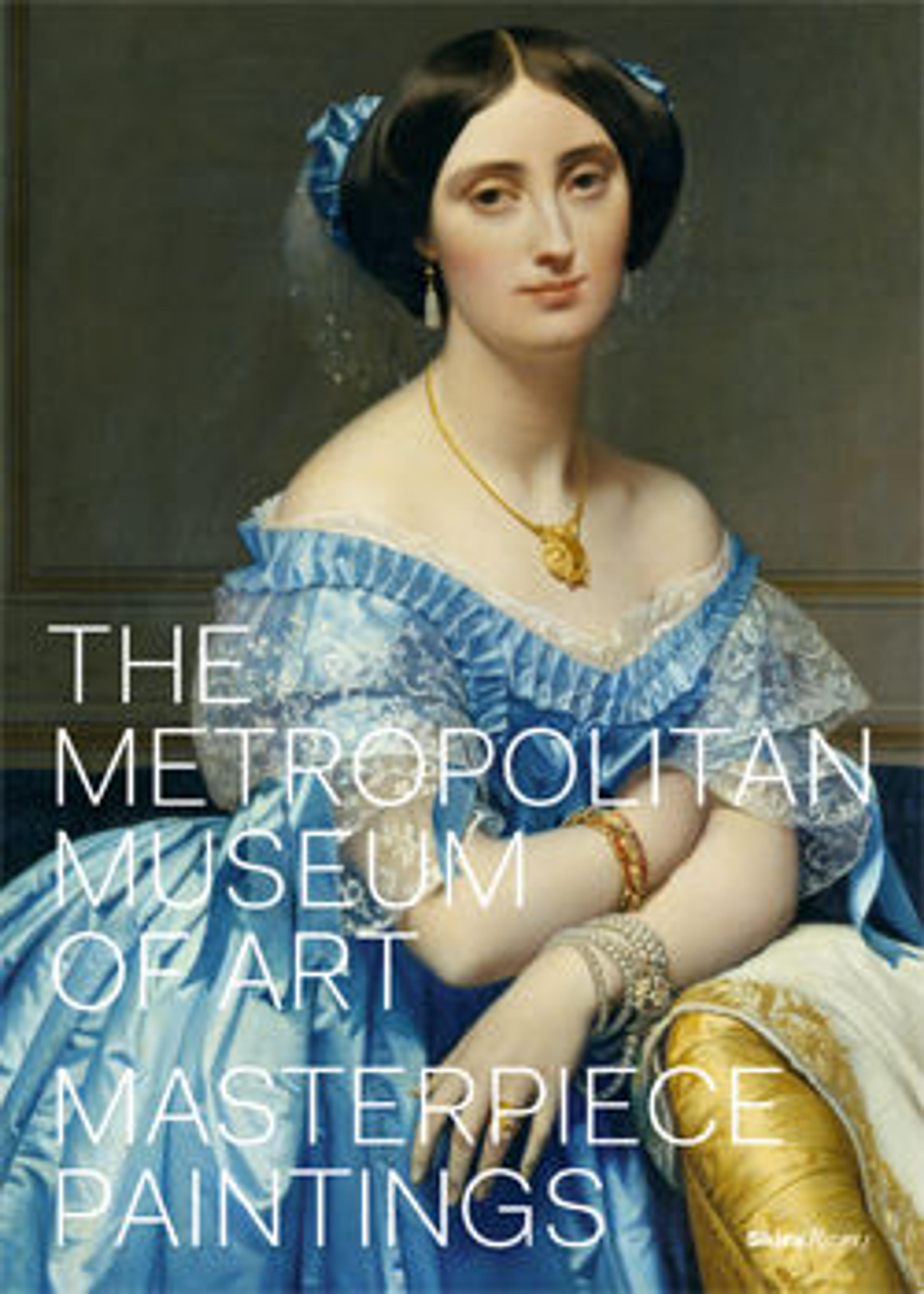Bugaku Dances (front); Chinese Lions (reverse)
Bugaku Dances
Illustrated scrolls recording the costumes and gestures of ancient court dances inspired the popular Edo theme drawn from the colorful and exotic bugaku repertory—one of the many appropriations of classic imagery that provided a rich source for the bold design innovations of late seventeenth- and early eighteenth-century Japanese artists. In this work, painted in Itchō’s later years, the figures seem to dance within and against the gold surface.
Chinese Lions (Karajishi)
Across the gold expanse of the reverse side of this pair of screens, nine Chinese lions (karajishi) gambol and playfully wrestle. Chinese lions were auspicious symbols of power in East Asian visual culture, and through the Momoyama and Edo periods times were frequently found on screens or sliding-door panels in elite samurai residences, castles, or temples. The dynamic brushwork, whether the jagged curves in dark ink, or the swirls of tails and in grayish tones, reveal the artist Hanabusa Itchō at the height of his artistic powers in his later years—after his return from exile in 1709 (apparently for disreputable behavior with samurai ladies). On the reverse side is a colorful depiction of bugaku (court dance) performances, in a hyper-meticulous but very traditional mode. This set of screens, revealing two sides of Itchō’s stylistic capabilities, is said to be the artist’s most expensive commission, possibly for one of his top patrons in 1713.
Illustrated scrolls recording the costumes and gestures of ancient court dances inspired the popular Edo theme drawn from the colorful and exotic bugaku repertory—one of the many appropriations of classic imagery that provided a rich source for the bold design innovations of late seventeenth- and early eighteenth-century Japanese artists. In this work, painted in Itchō’s later years, the figures seem to dance within and against the gold surface.
Chinese Lions (Karajishi)
Across the gold expanse of the reverse side of this pair of screens, nine Chinese lions (karajishi) gambol and playfully wrestle. Chinese lions were auspicious symbols of power in East Asian visual culture, and through the Momoyama and Edo periods times were frequently found on screens or sliding-door panels in elite samurai residences, castles, or temples. The dynamic brushwork, whether the jagged curves in dark ink, or the swirls of tails and in grayish tones, reveal the artist Hanabusa Itchō at the height of his artistic powers in his later years—after his return from exile in 1709 (apparently for disreputable behavior with samurai ladies). On the reverse side is a colorful depiction of bugaku (court dance) performances, in a hyper-meticulous but very traditional mode. This set of screens, revealing two sides of Itchō’s stylistic capabilities, is said to be the artist’s most expensive commission, possibly for one of his top patrons in 1713.
Artwork Details
- 舞楽図屏風 ・唐獅子図屏風
- Title: Bugaku Dances (front); Chinese Lions (reverse)
- Artist: Hanabusa Itchō (Japanese, 1652–1724)
- Period: Edo period (1615–1868)
- Date: early 18th century
- Culture: Japan
- Medium: Pair of six-panel screens; ink, color, and gold leaf on paper
- Dimensions: Image: 65 1/8 in. × 14 ft. 2 5/8 in. (165.4 × 433.4 cm)
Overall: 72 3/16 in. × 14 ft. 7 3/8 in. (183.3 × 445.4 cm) - Classification: Paintings
- Credit Line: The Harry G. C. Packard Collection of Asian Art, Gift of Harry G. C. Packard, and Purchase, Fletcher, Rogers, Harris Brisbane Dick, and Louis V. Bell Funds, Joseph Pulitzer Bequest, and The Annenberg Fund Inc. Gift, 1975
- Object Number: 1975.268.57, .58
- Curatorial Department: Asian Art
More Artwork
Research Resources
The Met provides unparalleled resources for research and welcomes an international community of students and scholars. The Met's Open Access API is where creators and researchers can connect to the The Met collection. Open Access data and public domain images are available for unrestricted commercial and noncommercial use without permission or fee.
To request images under copyright and other restrictions, please use this Image Request form.
Feedback
We continue to research and examine historical and cultural context for objects in The Met collection. If you have comments or questions about this object record, please contact us using the form below. The Museum looks forward to receiving your comments.
